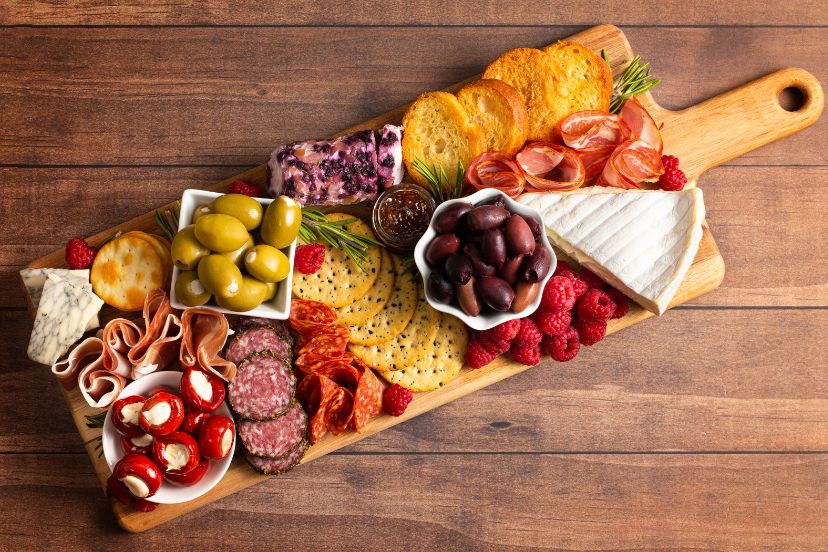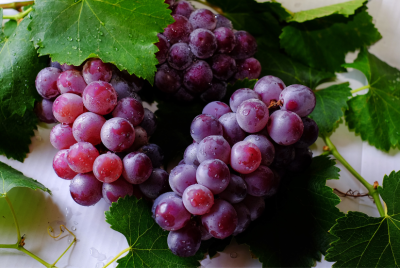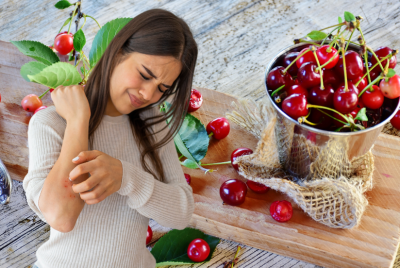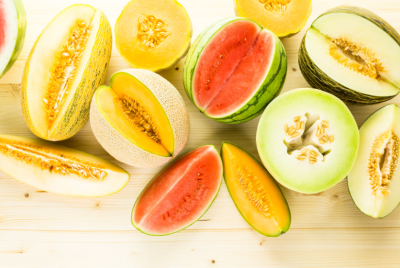Histamine Foods: Making Informed Dietary Choices
Introduction
Have you ever experienced unexplained symptoms like headaches, skin rashes, or digestive issues after a meal? If so, you may be one of the many individuals affected by histamine intolerance. Histamine is a compound naturally present in our bodies and certain foods, playing a vital role in various physiological processes. However, for some people, consuming high levels of histamine can lead to unpleasant symptoms. In this article, I will share my personal journey with histamine intolerance, shed light on histamine foods, and provide practical suggestions to make informed choices for a healthier lifestyle.
Understanding Histamine Intolerance
Histamine intolerance refers to the body’s inability to efficiently break down histamine due to reduced activity of the enzyme diamine oxidase (DAO) or an excess of histamine release. This imbalance can result in a wide range of symptoms, including but not limited to headaches, migraines, skin problems, nasal congestion, gastrointestinal issues, and fatigue.
The Role of Histamine in the Body
Histamine is a neurotransmitter and a key component of the immune system. It plays a crucial role in regulating our sleep-wake cycle, maintaining proper digestion, and aiding in the body’s inflammatory response. However, excessive histamine levels can overwhelm the body’s capacity to break it down, leading to symptoms associated with histamine intolerance.
Common Histamine-Rich Foods
Histamine is naturally present in various foods, and its levels can increase during the fermentation, aging, or spoilage processes. Here are some common histamine-rich foods to be mindful of:
– Fermented foods: Sauerkraut, kimchi, yogurt, kefir, and kombucha.
– Aged cheeses: Parmesan, cheddar, Gouda, and blue cheese.
– Smoked or cured meats: Bacon, sausages, salami, and ham.
– Seafood: Tuna, mackerel, sardines, and shellfish.
– Vinegar and pickled foods: Pickles, relish, and pickled vegetables.
– Citrus fruits: Oranges, lemons, limes, and grapefruits.
The Low-Histamine Diet Approach
Managing histamine intolerance often involves following a low-histamine diet. While the severity of histamine intolerance can vary among individuals, adopting a low-histamine diet can help alleviate symptoms. Here are some suggestions to consider:
Identifying Safe Foods
By focusing on foods with lower histamine levels, you can reduce the overall histamine load on your body. Opt for fresh fruits and vegetables, lean meats, poultry, and fish. Be cautious with leftovers, as histamine levels can increase when food is stored for an extended period.
Understanding Food Preparation
The cooking and preparation methods you employ can significantly impact histamine levels in your meals. Steaming, boiling, and poaching foods are generally better choices than grilling, smoking, or frying. Freshly prepared meals tend to have lower histamine content than processed or packaged foods.
Eliminating Trigger Foods
To determine your individual triggers, consider keeping a food diary and tracking your symptoms. This can help identify specific foods that worsen your histamine intolerance symptoms. Once identified, eliminate or minimize those trigger foods from your diet to achieve relief.
Supporting Gut Health
A healthy gut plays a crucial role in histamine metabolism. Incorporating gut-friendly foods, such as probiotics, prebiotics, and fermented foods with caution, can help maintain a balanced gut microbiome and support histamine breakdown.
Seeking Professional Guidance
If you suspect histamine intolerance or have persistent symptoms, it’s essential to consult with a healthcare professional or a registered dietitian experienced in managing histamine-related issues. They can provide personalized guidance, conduct diagnostic tests, and tailor dietary recommendations to your specific needs.
Conclusion
Histamine intolerance can significantly impact our quality of life, but by understanding histamine-rich foods and making informed choices, we can effectively manage its symptoms. Embracing a low-histamine diet, supporting gut health, and seeking professional guidance are valuable steps toward a healthier, more balanced life. Remember, everyone’s journey with histamine intolerance is unique, so find what works best for you, and enjoy the benefits of a more harmonious relationship with food.
FAQs
Can histamine intolerance be cured?
Histamine intolerance cannot be cured, but its symptoms can be effectively managed through dietary adjustments and lifestyle changes.
Can histamine intolerance develop suddenly?
Histamine intolerance can develop suddenly or gradually over time. It may become more noticeable as the body’s histamine levels increase or when the capacity to break down histamine diminishes.
Can histamine intolerance affect children?
Yes, histamine intolerance can affect individuals of all ages, including children. It’s important to be aware of potential symptoms and seek appropriate medical advice for accurate diagnosis and management.
Are there any medications to treat histamine intolerance?
There are no specific medications designed to treat histamine intolerance itself. However, certain antihistamines can help alleviate symptoms temporarily. Consult with a healthcare professional for guidance.
Can histamine intolerance cause anxiety or mood swings?
Excessive histamine levels can potentially affect neurotransmitter balance in the brain, leading to symptoms such as anxiety, mood swings, and irritability in some individuals.




